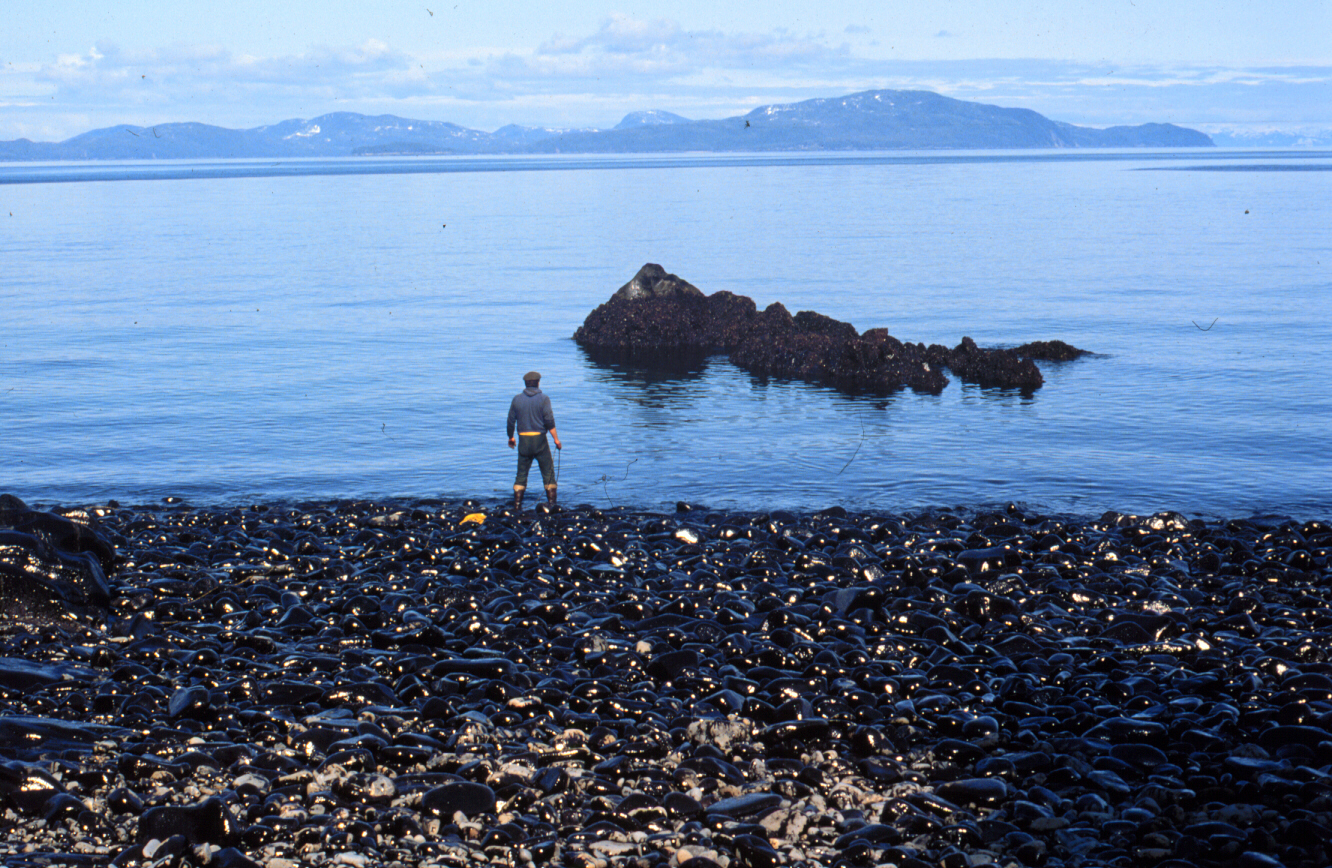
This month, we remember three significant incidents that have changed the landscape of oil spill response: the Exxon Valdez oil spill, the Texas City refinery explosion, and the Alexander L. Kielland oil rig disaster.
Exxon Valdez oil spill
On 24 March 1989, an oil tanker struck Prince William Sound's Bligh Reef in Alaska, spilling nearly 38,000 tonnes of crude oil into the sea.
The incident took place in an ecologically sensitive location and had an immense impact on the habitats of the fish and wildlife in the surrounding areas, affecting more than 1,300 miles of shoreline.
We were one of the first oil spill response organisations to arrive at the incident from outside of Alaska.
With the amount of oil that had already spilled into the water and the potential for even more to spill from the container ship, different methods to clean the area were investigated. Clean-up procedures, such as the use of chemical dispersants and in-situ burning, were discussed by the Federal On-Scene Coordinator and the Alaska Regional Response Team on the first day of the spill.
In the days following the incident, different clean-up techniques were administered and the use of booms and skimmers were introduced to attempt to reduce the amount of oil polluting the nearby shoreline. The booms help to concentrate oil in thicker surface layers to allow the skimmers, vacuums and other collection devices to be used more effectively.
Scientists reported that years on from the incident, the spill still had an impact on wildlife and the local shorelines, with some gallons of oil remaining on the beaches, some species taking years to recover, and some not recovering at all in the area.
Ultimately, the Exxon Valdez spill resulted in a close examination of the status of oil spill prevention, response, and clean-up in the United States. A direct response to this was the passage of the Oil Pollution Act of 1990, which led to the establishment of NOAA’s DARRP programme.

Texas City refinery explosion
On 23 March, 2005, a flammable hydrocarbon vapor cloud ignited and violently exploded at the isomerization process unit of the BP oil refinery in Texas City, Texas, killing 15 workers and injuring 180 others.
The refinery itself was severely damaged, resulting in a property loss of $200 million. The amount included costs of repairs, deferred production, fines and settlements, making this explosion the world's most expensive refinery accident.
The direct cause of the accident was the ignition of a heavy hydrocarbon vapor cloud which emanated from raffinate liquids overflowing from the top of a blowdown stack. The source of ignition was probably a running vehicle engine. The release of liquid followed the automatic opening of a raffinate splitter column overpressure protection caused by overfilling.
The disaster had a notable impact on the domain of process safety. Texas City has now become a classic case history used to explain failings in both management and technical barriers in process plants.
Image Credit: Sellafield is like BP's Texas City before the fire, says NDA's boss | Nuclear power | The Guardian
Alexander L. Kielland oil rig disaster
On 27 March 1980, the Alexander L. Kielland, a Norwegian oil rig in the North Sea, capsized, killing 123 people.
More than 200 men were off duty in the accommodation on the oil rig on the night this tragedy struck. The treacherous weather of the North Sea saw rain and dense fog surround the structure as gusts of wind reaching over 70km per hour and waves nearly 40 feet high battered the outside. Kielland had just been winched away from the Edda production platform.
Those on board reported feeling a 'sharp crack' followed by a trembling motion before the rig heeled over 30 degrees. It briefly stabilised as five of the six anchor cables had broken before the one remaining cable gave way, causing the entire rig to collapse into the water below.
The rig, named after the Norwegian writer Alexander Lange Kielland, was owned by the Stavanger Drilling Company of Norway and was on hire to the U.S. company Phillips Petroleum at the time of the disaster.
Investigations into the incident found that the rig collapsed due to a 'fatigue crack', cracks that form in a material due to cyclic loading; the crack continued to grow a small amount with each loading cycle until it reached a critical size and a complete fracture of the structure.
In response to the Kielland disaster, North Sea offshore installations tightened their command organisation, identifying a clear authority who would order abandonment in an emergency. These revised command structures, similar to conventional shipping command structures, are now frequently used when vessels lose anchorage in storm conditions or when fixed installations are threatened by out-of-control vessels.
Image Credit: Sven Tønnessen/Norwegian Petroleum Museum.
In summary:
Although we were not directly involved with the Texas City refinery explosion or the Alexander L. Kielland oil rig disaster, we have learned valuable lessons from each disaster to ensure that we assess processes and procedures to avoid incidents from reoccurring. In light of the anniversaries of these events, we are reflecting on how each of them has had an impact on our response strategies and how we can help prevent repeat incidents from happening on this scale again.





